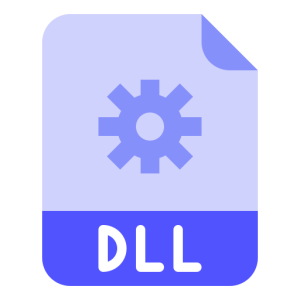Description
EOM.DLL is a dynamic link library (DLL) file that is commonly associated with certain software applications. The acronym “EOM” stands for End of Message, which suggests that this DLL file is involved in handling the conclusion or termination of a message or communication within a program. While the specific functionality and purpose of EOM.DLL may vary depending on the application it is associated with, its general role is to facilitate the proper ending of messages or communications within the software.
This DLL file is typically utilized in software that involves communication protocols, messaging systems, or data transfer processes. It ensures that messages or communications are properly concluded, allowing for the smooth and efficient operation of the software.
The exact features and capabilities of EOM.DLL may differ depending on the requirements of the specific application. However, its common use cases typically involve tasks such as handling end-of-line markers, closing communication channels, performing final data processing or validation, and signaling the completion of a message or communication task.
Purpose and Functionality
EOM.DLL serves several important purposes in software applications. Its key functionalities include:
- End-of-Message Processing: The DLL file facilitates the proper termination and concluding actions for messages or communications within the software. It ensures that the necessary actions are taken to finalize a message’s processing or transmission.
- Validation and Error Handling: EOM.DLL may also be responsible for verifying the integrity or validity of messages, performing error checks, and handling exceptional cases or errors that occur during message processing.
- Resource Cleanup: In some cases, EOM.DLL may be involved in releasing or deallocating resources that were allocated for the purpose of message processing or communication. This ensures efficient resource utilization and prevents memory leaks.
Common Use Cases
EOM.DLL is typically utilized in software applications that involve messaging systems, communication protocols, or data transfer processes. Some common use cases for EOM.DLL include:
- Network Communication: EOM.DLL may be utilized in networking applications or protocols that involve the transmission and reception of messages between devices or systems. It ensures that messages are properly terminated and processed.
- File Transfer: Software applications that involve the transfer of files or data may rely on EOM.DLL to handle the concluding actions or processes associated with data transmission, such as signaling the completion of a file transfer.
- Messaging Systems: EOM.DLL may be used in messaging systems or software that involves sending and receiving messages between users or components. It ensures that messages are concluded and processed correctly.

